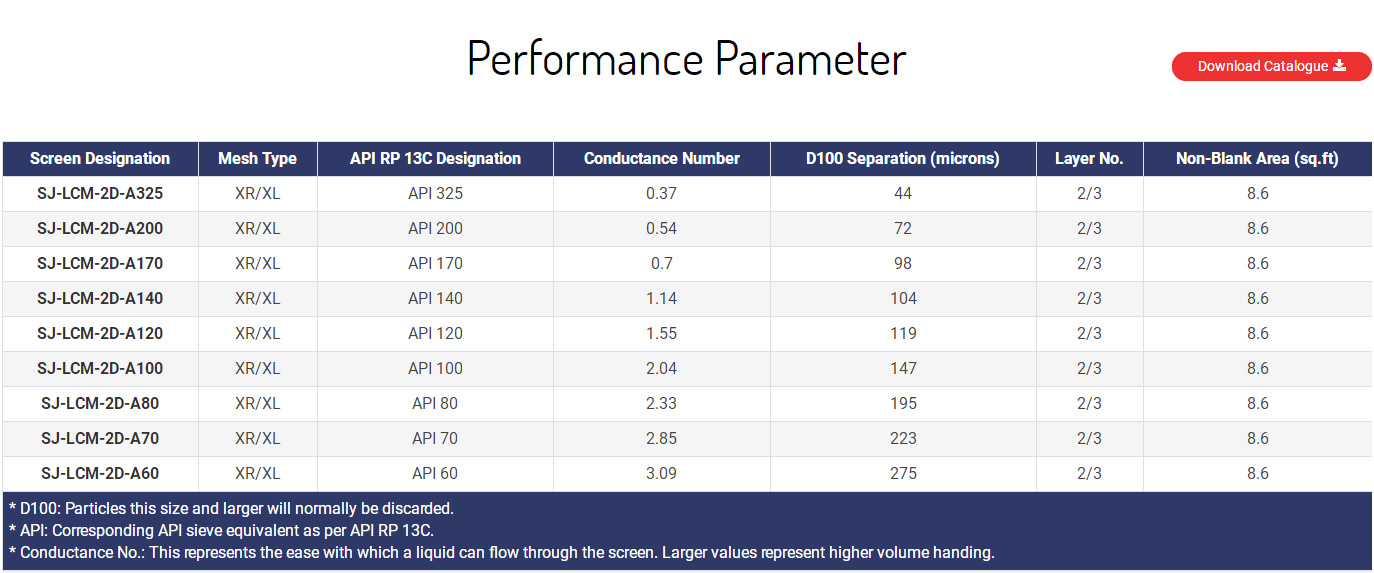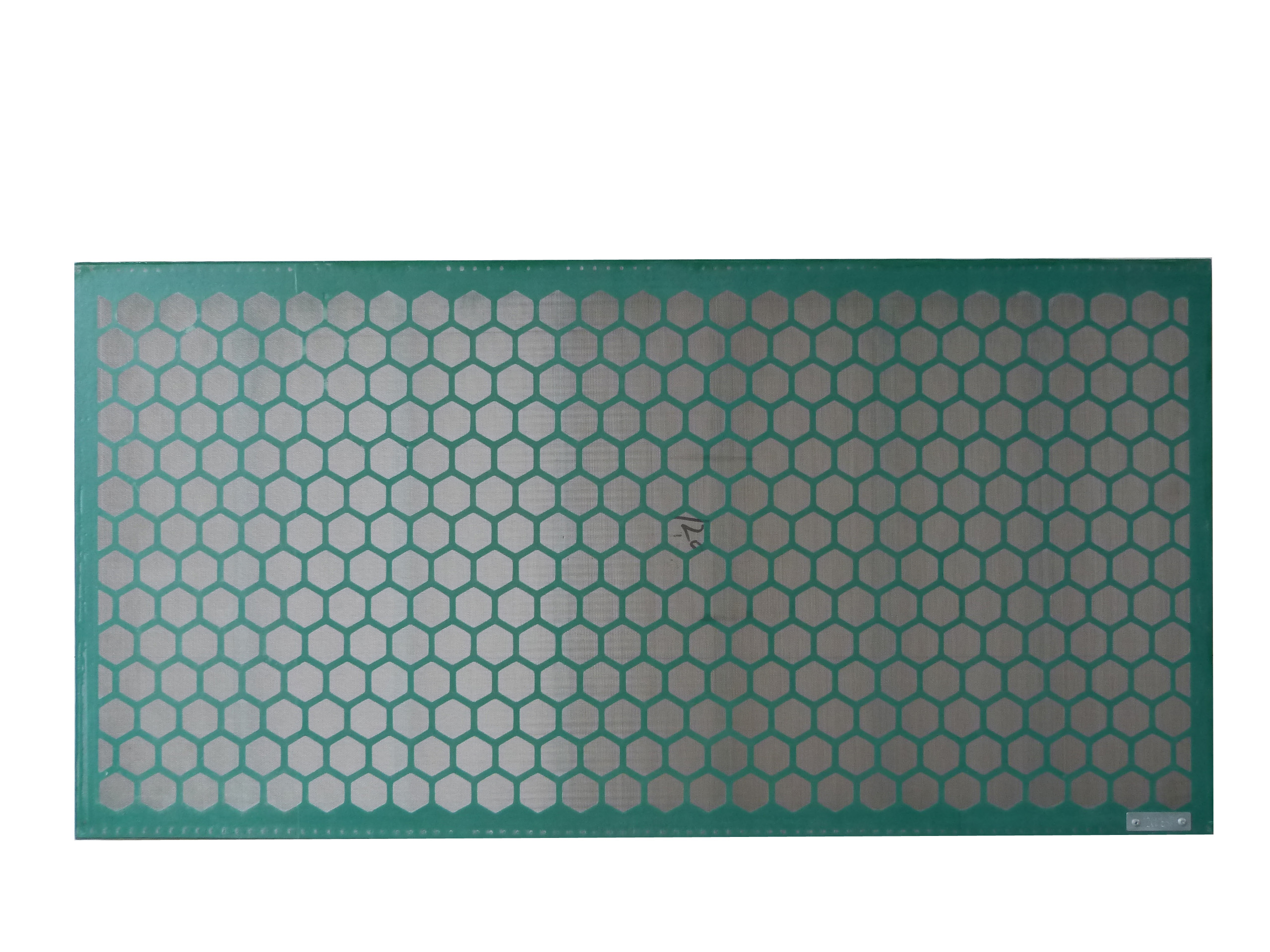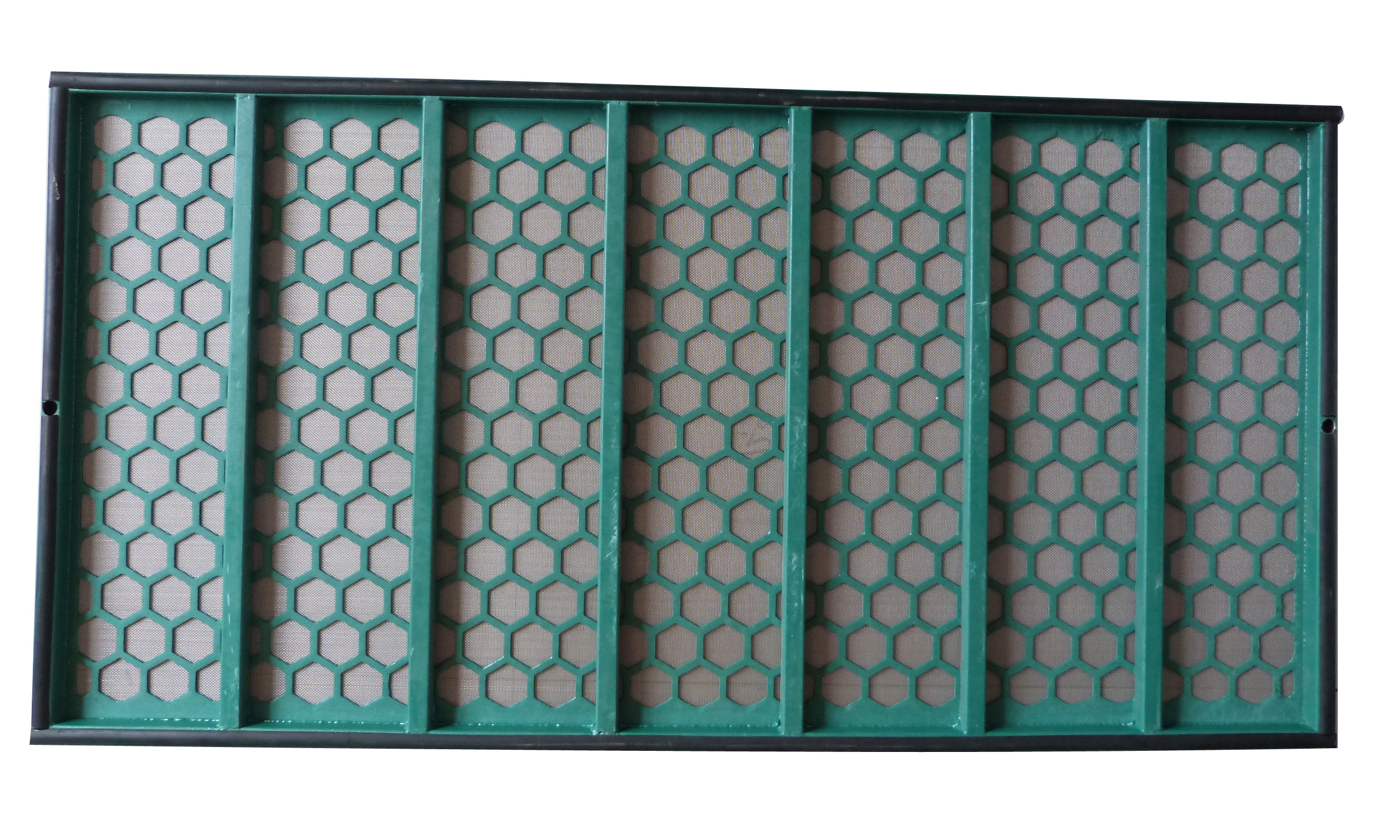The National Development and Reform Commission, the Ministry of Finance, the Ministry of Industry and Information Technology, the Ministry of Commerce, and the State Administration of Quality Supervision, Inspection and Quarantine have recently released the "Re-manufactured Products" implementation plan for the "old-for-for-new" pilot program, and started the trial of remanufactured products "for old and new ." According to the plan, this year will be based on pilot projects for remanufactured products such as automotive engines and gearboxes, and will gradually expand the scope of the pilots depending on the implementation. People in the industry believe that in China, there is a fear of market promotion for “changing old onesâ€.
The plan stipulates that for the remanufactured products that comply with the “replacement and re-promotion†requirements, the central government will pass a certain percentage of its promotion replacement price (re-manufactured product sales price minus the old part recovery price) through the pilot enterprises and "Buyers of remanufactured products are given a one-off subsidy and set a subsidy limit. The specific subsidy ratio, subsidy limit, and promotion subsidy amount are clearly stated in the public notice for the promotion of the qualifications of the “older for another†promotion enterprise. The central government's subsidy for the promotion of remanufactured products in each category shall not exceed five years in principle.
Hong Tao, director of the Institute of Business Economics at Beijing Technology and Business University, said that now the replacement of mechanical and electronic products is fast, and many key components can be reused after being reconstructed, saving both resources and secondary use. In overseas used car market, this model has been widely adopted, and it is expected that there will be great potential for development in home appliances and automobiles in the future.
Although the industry recognizes the “replacement of old and new products†of remanufactured products, market participants believe that the implementation of “changing old ones†in the short term is still facing no small challenge.
A service manager of a Japanese brand 4S shop told the Beijing Daily that the remanufactured auto parts should be used in the second- or third-class auto repair shop. Because the 4S shop has the only purchase channel designated by the manufacturer, the remanufactured product is estimated to be very Difficult to enter the 4S store sales, unless the second-hand car business will become the 4S owner business. For the average consumer, the biggest difficulty in the process of “changing old ones for another†is that the domestic acceptance of the project is very limited. Manufacturers will not easily try to promote the “older for another†project to maintain customer satisfaction. .
In response, the person in charge of an auto repair shop in Beijing stated that currently remanufactured products are still mainly concentrated on tires or electronic products. If there is support for the policy, the repair shop will also introduce some remanufactured parts, but it will certainly Express with consumers. The engine and gearbox are two key components of the car, so whether the remanufactured product quality can pass through, compared with the new product, the price can have absolute advantages, which will become the future of the project. The important factor for the smooth development.
Glossary
Old-for-for-trade: It refers to the act of remanufactured product repurchased by the buyer of the domestic remanufactured product and purchased the remanufactured product at the replacement price. The warranty period for remanufactured products shall not be lower than the prototype new product; the replacement price after deducting the old ones of the products shall not exceed 60% of the prototype new products; the remanufacturing rate (by weight) shall be more than 6%; the quality standards shall be no less than the national standards Production standards.
Brandt LCM-2D Shaker Screen
Replacement Flat Screens for Brandt BLT-50/LCM-2D Shakers
SJ-Brandt LCM-2D shaker screen are constructed with two or three layers of 304 or 316 stainless steel wire mesh cloth, and then combined together with a steel backing plate. This type of shaker screen is produced for the replacement screen for Brandt BLT-50/LCM-2D (bottom basket) shale shaker. Mesh size range is from API 20 to API 325. The screens vary greatly in size and shape for different layers. Thus, the intensity and endurance of the screen have been infinitely enhanced, so as to achieve maximum solids removal efficiency.
Technical Parameter
- Mesh Material: stainless steel 304/316/316 L.
- Frame Material: Q235 steel.
- Screen Type: XL, XR.
- API RP 13C Designation: API 20–API 325.
- Package: Packed in paper carton, shipped by wooden case.
Adaptable Shale Shaker Model
SJ-Brandt LCM-2D shaker screen are used as the substitute screen for
- Brandt BLT-50 shale shaker.
- Brandt LCM-2D shale shaker.
Competitive Advantage
- Reliable, low-maintenance, trouble-free operation.
- Specialty design for maximum solids removal efficiency.
- Integrated drying screen for fine screen deck.
- Manufactured according to the API RP 13C (ISO 13501).
- Scientific & reasonable cost control system for competitive price.
- Adequate inventory in the shortest time to meet customers' demand.

Remarks:
Brandt, BLT-50, LCM-2D are marks of Varco I/P, Inc.


Brandt Lcm-2D Shaker Screen ,Lcd Touch Screen,Lcd Projector Screen,Lcm Screen
Anping Shengjia Hardware Mesh Co.,ltd , https://www.oilshakerscreen.com